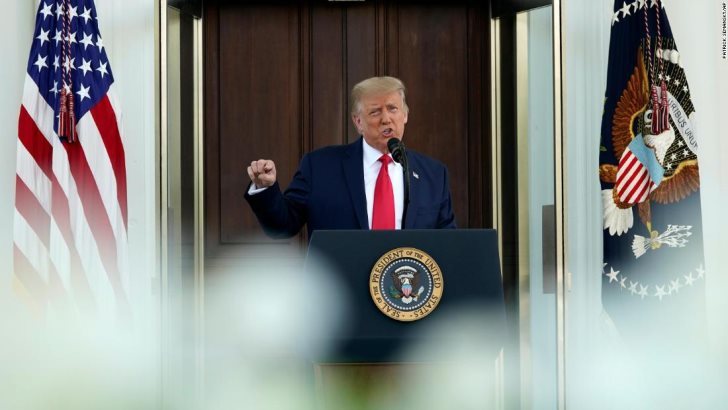
In a fresh wave of market turmoil, global stocks and cryptocurrencies experienced sharp declines as the U.S. dollar strengthened, following the Trump administration's imposition of new tariffs on key trading partners—Canada, Mexico, and China. Investors responded swiftly to the news, fearing further economic disruption and global trade instability. These sudden moves caused significant market volatility, with the S&P 500, Bitcoin, and the U.S. Dollar Index (DXY) all reacting sharply.
S&P 500 Declines Amid Trade Fears
The stock market was the first to feel the brunt of the new tariffs. The S&P 500 index, a barometer for the U.S. stock market, fell dramatically from its previous highs. Initially trading just above 6100 points, the index dropped to 5900—a decline of over 3%. Concerns surrounding the long-term impact of trade tensions, particularly with China, caused widespread selling across sectors.
This sharp decline reflected investor uncertainty, as global trade plays a significant role in the profitability of many U.S. companies. Technology and manufacturing stocks were particularly hard hit due to their heavy reliance on global supply chains. However, as investors sought opportunities in oversold areas, a slight rebound followed, pushing the index back to 5950. Nonetheless, the sentiment remains fragile as traders look for further clarity from both the U.S. government and the affected nations.
Cryptocurrency Market Slump: Bitcoin Falls Below $100,000
Cryptocurrencies were not immune to the ripple effects of the tariffs. Bitcoin, often seen as a hedge against inflation and economic uncertainty, fell dramatically. The leading digital currency, which had been trading around $105,000, plummeted to $91,000—representing a significant 13% drop.
While the broader crypto market also felt the strain, Bitcoin’s recovery to $95,000 provided some relief. However, the ongoing trade disputes between the U.S. and its trading partners, especially China—one of the world's largest markets for cryptocurrencies—could lead to further market volatility. Investors are now watching closely to see whether Bitcoin and other cryptocurrencies can maintain their recovery or face continued selling pressure as uncertainty looms.
U.S. Dollar Strengthens Amid Safe-Haven Demand
While equities and cryptocurrencies suffered, the U.S. dollar surged as investors sought safety in a stable currency. The U.S. Dollar Index (DXY), which tracks the dollar against a basket of major currencies, spiked to nearly 110—its highest level in months—before settling around 109.200.
The rise in the dollar was driven by a combination of factors. Tariffs on Canada, Mexico, and China are likely to raise the cost of imported goods, potentially adding to inflationary pressures. This has fueled speculation that the Federal Reserve might need to maintain higher interest rates, boosting demand for the dollar. Furthermore, the greenback is traditionally seen as a safe haven in times of economic uncertainty, which helped drive its rally.
Looking Ahead: Volatility and Uncertainty
The imposition of tariffs by the Trump administration on key trading partners has undeniably rattled global markets, sparking widespread fears of a trade war. Investors are now left to gauge the long-term impact on corporate earnings, inflation, and global economic growth.
With the S&P 500 and cryptocurrencies still vulnerable to further declines and the U.S. dollar strengthening, market participants will be watching closely for any signs of trade negotiations or easing of tensions. Until then, the markets are likely to remain on edge, and volatility will continue to define the weeks ahead.




















